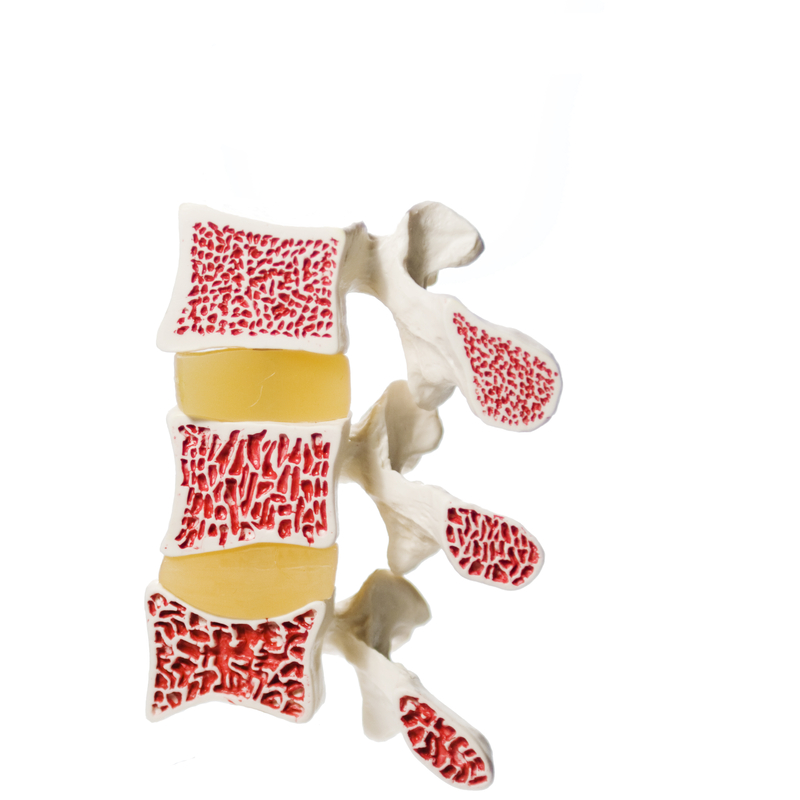
What is osteopaenia1?
Osteopaenia is the thinning of bones due to reduction in bone density. Low bone density increases the risk of bone breaking (fracture) if you have an accident. If osteopaenia worsens, then you get can osteoporosis, which is a severe reduction in bone density causing the bone to be very fragile, increasing the risk of fracture. Not everyone who gets osteopaenia will get osteoporosis. But if you have osteopaenia, then it would be important to reduce the risk of getting osteoporosis and preventing the risk of fracture in the future.
What are the risks for osteopaenia1?
- Older age >70 years
- Not enough vitamin D or calcium in diet
- Family history of poor bone health
- Excessive alcohol intake
- Low level of physical activity
- Smoking
- Underweight
- Medical conditions eg. coeliac disease, rheumatoid arthritis, liver / kidney disease, eating disorders, early menopause, low levels of hormones in men, diabetes
- Medications eg. steroids, breast cancer treatment, prostate cancer treatment,
How do you diagnose osteopaenia1?
Often you don’t know you have low bone density until you have an accident that is often minor but you sustain a fracture, like a small trip or slip. The fracture is confirmed on xray. Half of all fractures occur in people over the age of 50 with osteopaenia2. The osteopaenia is confirmed when you have a bone mineral density scan. This can be organised by your GP. If you want to know what your bone health is like, your GP can also organise a bone mineral density scan without any fracture history.
What treatments are available?
3 key elements for osteopaenia treatment:
- Adequate vitamin D
- Your level of vitamin D can be checked by a blood test, organised by your GP.
- You can get vitamin D from sunlight exposure – a few minutes a day during summer and slightly longer in winter. When the UV index is above 3, sunscreen is advised. Be mindful of not getting excessive sunlight exposure that can cause sun damaged skin or skin cancer.
- Vitamin D supplements can be used if you are unable to get adequate sunlight exposure.
- Adequate calcium3
- For an adult, 1000mg per day is recommended. For women >50 years old and men >70 years old, 1300mg per day is recommended.
- You can get calcium from your diet. The most common dietary source of calcium is from dairy products eg. milk, yoghurt, cheese. You can also get calcium from other sources eg. tofu, broccoli, salmon. Please check:
- You can get a calcium supplement if dietary options are not available, although you must be careful you don’t over supplement as you can end up with kidney stones.
- Adequate exercise
- Ideally, the exercise should be weight bearing, improve balance and include resistence.
References:
- Australian Government, Department of Health, Healthdirect, osteopaenia https://www.healthdirect.gov.au/osteopaenia
2) Healthy Bones Australia, 2020, Osteopaenia and bone health factsheet, https://healthybonesaustralia.org.au/wp-content/uploads/2020/11/HBA-Fact-Sheet-Osteopenia.pdf
3) Health Bones Australia, 2020, Calcium and bone health factsheet, https://healthybonesaustralia.org.au/wp-content/uploads/2020/11/HBA-Fact-Sheet-Calcium.pdf

